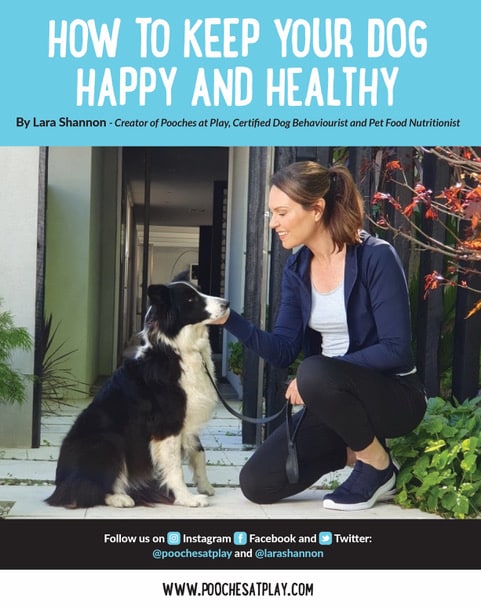

Osteoarthritis, also known as degenerative joint disease (DJD) occurs when the cartilage surrounding joints deteriorates and causes long term inflammation and pain.
This condition primarily affects older dogs due to the normal wear and tear that results from ageing, but trauma or developmental abnormalities may also lead to osteoarthritis in dogs of any age.
This may include abnormal development of the elbow or hip known as elbow or hip dysplasia, dislocation of the kneecap or shoulder, and osteochondritis dissecans which is a condition in which the bone and cartilage develop abnormally, so that a flap of cartilage develops within the joint.
Dogs that are overweight or obese may also be more susceptible to both arthritis and osteoarthritis due to the extra weight putting pressure and wear on their joints.
Knowing whether it is just old age, arthritis or osteoarthritis, or some other condition that is slowing your dog down can be hard and signs can vary.
Some common signs of the condition though can include decreased level of activity, occasional lameness, and a stiff gait that that worsens over time.
Many younger dogs also already suffer from arthritis which can be caused by developmental diseases such as Hip Dysplasia and the others mentioned above. As they are so young, they learn to adapt their body functions to compensate, which means it often goes undiagnosed. If you think your dog’s butt wiggle is cute, it might in fact be a sign of pain and osteoarthritis!
These symptoms may increase with prolonged strenuous exercise, long periods of inactivity, or cold weather.
Your vet can diagnose osteoarthritis based on listening to historical signs, such as decreased activity or stiffness, as well as a physical examination, to determine decreased range of motion of the joint, stiff legged gait or any swelling or pain in joints.
Radiographs will show signs of wear and tear in the joints indicative of osteoarthritis.
Osteoarthritis is a chronic condition, meaning it is not possible to cure it.
However there are things we can do to manage pain and slow down the progression such as keeping your dog healthy, active and at their ideal weight range.
Swimming, massage, and exercise designed to strengthen muscle tone can also be useful.
For dogs with osteoarthritis, anti-inflammatory drugs are the mainstay of treatment. Prescribed by your vet, these drugs help control pain and reduce inflammation of the joints, ensuring your dog has the best possible quality of life. As always, any medication should only be given on the advice of your veterinarian.
For dogs who tend to ignore their pain in the mad pursuit of a ball or other vigorous activity, it is wise to limit their high intensity activity to avoid aggravating the symptoms and pain. Some tips on dealing with a dog with ball obsession can be found HERE.
There are also medications and supplements, including omega three fatty acid and green lipped muscle extracts, that can be given which may help to slow down the progression of the disease.
AntinolPlus for dogs and Cats, contains a powerful combination of Green Lipped Mussels and Krill Oil.
Supporting their gut health and joins in general with EAC Animal Care products can also assist.
Both of my dogs are on both of these products to help reduce inflammation in their body and help keep their bones and joints healthy.
As these treatments don’t directly address the pain of osteoarthritis, they are usually used in conjunction with an anti-inflammatory drug.
Prompt and ongoing treatment of osteoarthritis is important to help reduce the progression of symptoms
Whilst osteoarthritis is common in older pets, between you and your vet, there are excellent options for managing pain and ensuring your dog stays happy and active well into their senior years.
Therefore it is important to see your Vet at the earliest sign that something may be causing pain or discomfort to your pet.
Dr Melissa Meehan is a highly experienced and respected veterinary surgeon with over 14 years experience. Dr Melissa obtained her Members in Small Animal Medicine through examination in 2008 and now runs her own veterinary ophthalmology service.

Tips for preparing a raw food diet for your pet

Winter safety for dogs – Top Tips


Bladder Stones in Dogs and Cats

Support dog gut health when taking medications

Receive a FREE copy of the E-Book “How to Keep your Dog Happy & Healthy”


Get your paws on Lara Shannon’s best selling books ‘Eat, Play, Love (your dog) and World of Dogs.
Available in Australia, USA, UK and Canada.